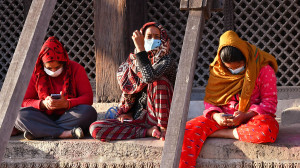Sudurpaschim Province
Tharu women are taking the helm in traditional village leadership
From forest groups to village councils, women are redefining the once male-dominated Bhalmansa or Badghar tradition in Kailali district.
Ranjana BC
In the deeply rooted traditions of indigenous Tharu community, Bhalmansa or Badghar—village chief responsible for overseeing social harmony, settling disputes, performing rituals and carrying out development activities—is selected each year. The position was exclusively held by men in the past. But now Tharu women are stepping into this role, proving their leadership capacity and slowly reshaping traditional power structures.
Sitawi Kathariya is one such example of Narayangaun in ward 3 of Ghodaghodi Municipality in Kailali district. With 178 Tharu families and 91 households of the people of hill-origin, Narayangaun is a sizeable village where Sitawi has been at its helm as Bhalmansa for the past three years. Her journey to leadership began as secretary of the Tharu Community Forest Users Group, a position that helped her build confidence and public speaking skills. “Earlier, I couldn't even speak in front of two people. Everything I learned while working in the forest user group,” she said.
As Bhalmansa, Sitawi now commands village meetings, coordinates with municipal and provincial officials and spearheads development efforts. Under her leadership, the village has improved road access, secured modern farming tools from the municipality and launched skill-based training for women as well.
“Women come to me with their problems and because they can relate to me, it’s easier for them to speak up,” said Sitawi, stating that women feel comfortable to share their problems with her. She claims her role as community chief helps greatly in women empowerment.
However, not all men in the village welcomed her during the selection process. “During the selection, most men opposed me. But when more women stood with me, they had no choice,” said Sitawi. Now she also serves as treasurer of the municipal Bhalmansa committee, which includes 76 members. Encouraged by her community, Sitawi now has her eyes set on a broader platform. “People say I lead the village well and should enter politics. I’d love to take up leadership at the municipal level,” she said.
Sitawi, however, complains that she gets almost nothing for being the Bhalmansa. Despite her contributions, she receives only Rs1,500 annually—without even the customary 15 kg of paddy provided in some villages to their Bhalmansas. “Being Bhalmansa is all duty and no reward,” she lamented.
Another inspiring figure is Gyanudevi Chaudhary of Chauratti in ward 3 of Ghodaghodi Municipality. Chosen unanimously last year during Maghi, Tharu’s biggest festival, she now leads 86 households. She brought a new practice—before requesting development projects from the ward office, her village now holds a collective meeting to determine priorities. “Previously, leaders went directly to the ward and brought back whatever they got. Now we discuss, decide and demand what we really need,” she said.
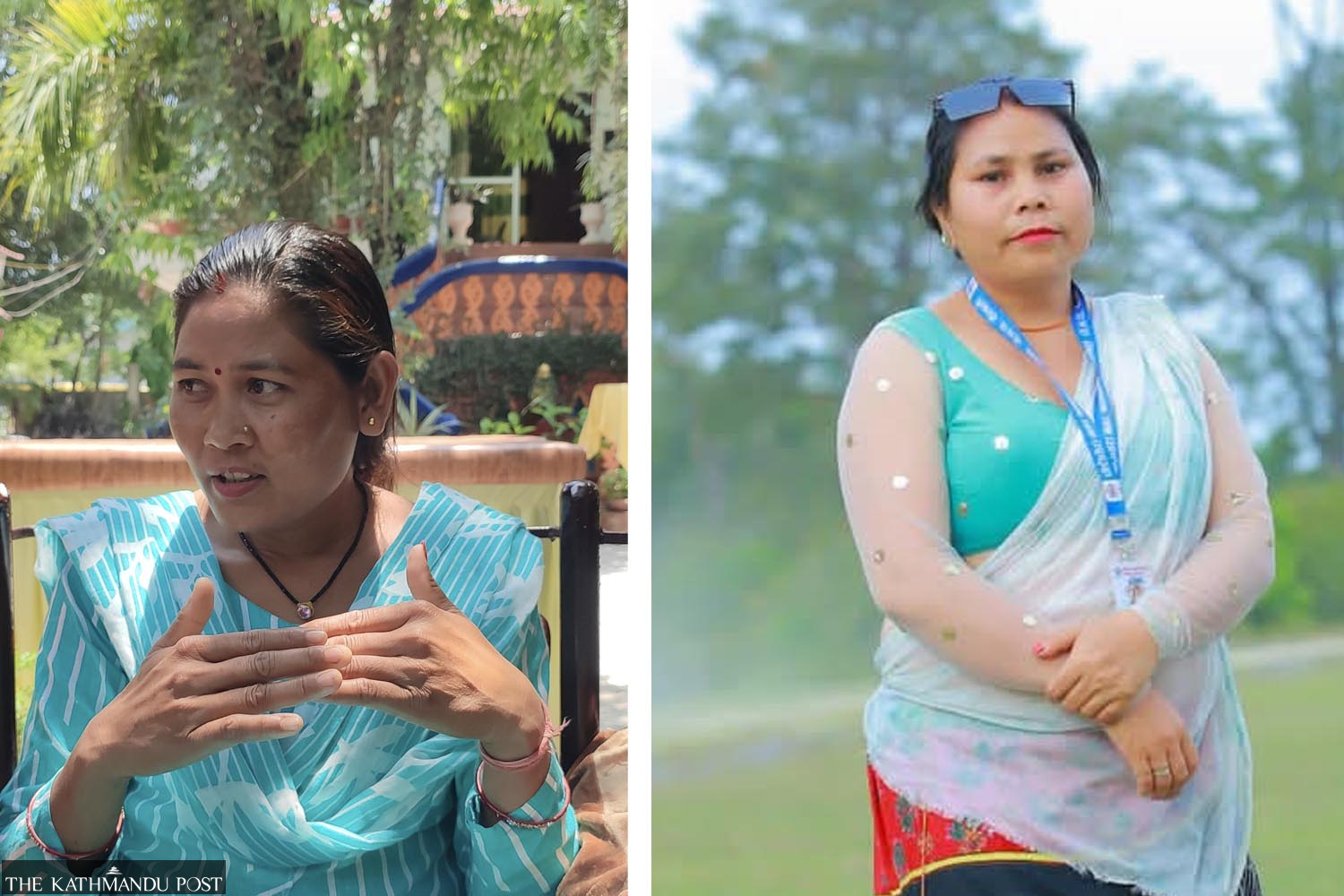
The job isn’t without challenges. In Tharu culture, Bhalmansas must participate in death rituals and stay overnight at mourning houses—roles traditionally occupied by men. “It’s awkward and tough, but I try to attend everything,” said Gyanudevi.
In Tharu community, where most events like marriage, death and festivals are performed collectively and the Bhalmansa oversees who does what. Gyanudevi has even imposed a Rs500 fine on those who refuse community duties. Local people, mainly the women, are happy to get a female Bhalmansa. “Since Gyanudevi became Bhalmansa, women feel more included and confident participating in meetings,” said Phulmati Chaudhary, a local woman.
Still, female Bhalmansas lament the lack of recognition and resources. Gyanudevi says that while she receives 15 kg of paddy from each household, it hardly covers the effort she puts in. “We’re managing families and entire villages. It’s no less than a revolution,” she asserted.
Beyond Ghodaghodi, women are gradually taking the role of community chiefs. Naina Chaudhary leads a settlement of 98 households—mostly former Kamaiyas (bonded labourers) in ward 2 of Minabasti of Bhajani Municipality. Initially people even questioned why a woman was selected as Bhalmansa when there are men.
There were several trees in Minabasti that posed a high risk to the settlement. Naina proved her worth by coordinating with authorities and felled the dangerous trees, a task even her male predecessors had avoided. She’s now preparing to run for ward chair in the next local elections.
The inclusion of women in the Bhalmansa system is doing more than just filling seats. It is gradually transforming community structures by encouraging women participation. “This has increased women’s participation, strengthened social unity and made decision-making more inclusive,” said Indu Chaudhary, former central member of the Tharu Welfare Council.
“This is a joyful beginning of women’s leadership in our community. Earlier, men selected men. Now, women come forward and say, we will lead,” said Indu. She calls for legal training and capacity building as Bhalmansas often deal with sensitive matters.
Biru Tharu, chairman of the Tharu Welfare Council in Kailali, opines that the Bhalmansa system is fueling a leadership opportunity among Tharu women. According to him, 37 women are currently serving as Bhalmansas across Kailali district alone. However, training and capacity-building programmes for the Bhalmansas could not be conducted due to resource limitations.
Recognising this momentum and demand of the Tharu community, the Sudurpaschim Provincial government has drafted a bill to institutionalise the Bhalmansa tradition. Once passed, the “Bill on Badghar and Bhalmansa Preservation and Development” will formally define their roles, duties and rights under provincial law.
“It’s ready to be registered in the assembly after the budget sessions end,” said Gita Chaudhary, a member of Sudurpaschim Provincial Assembly who helped draft it. If passed, the law will formalise a grassroots system where Tharu women are already proving they belong at the helm.




 9.12°C Kathmandu
9.12°C Kathmandu
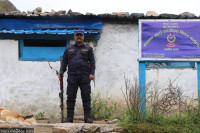


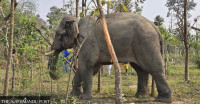




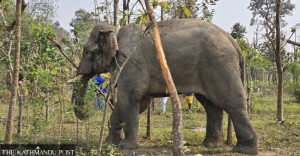
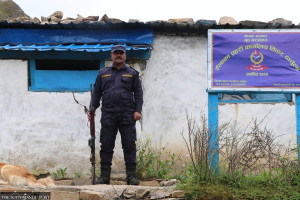
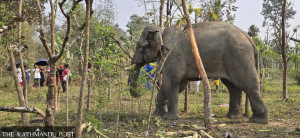


%20(1).jpg&w=300&height=200)
